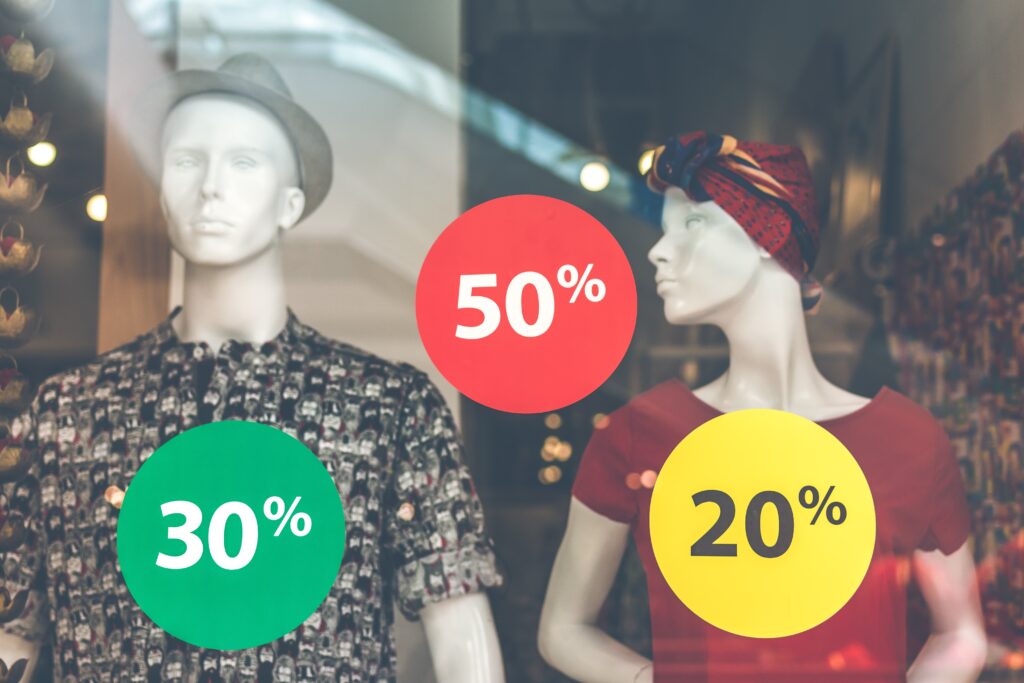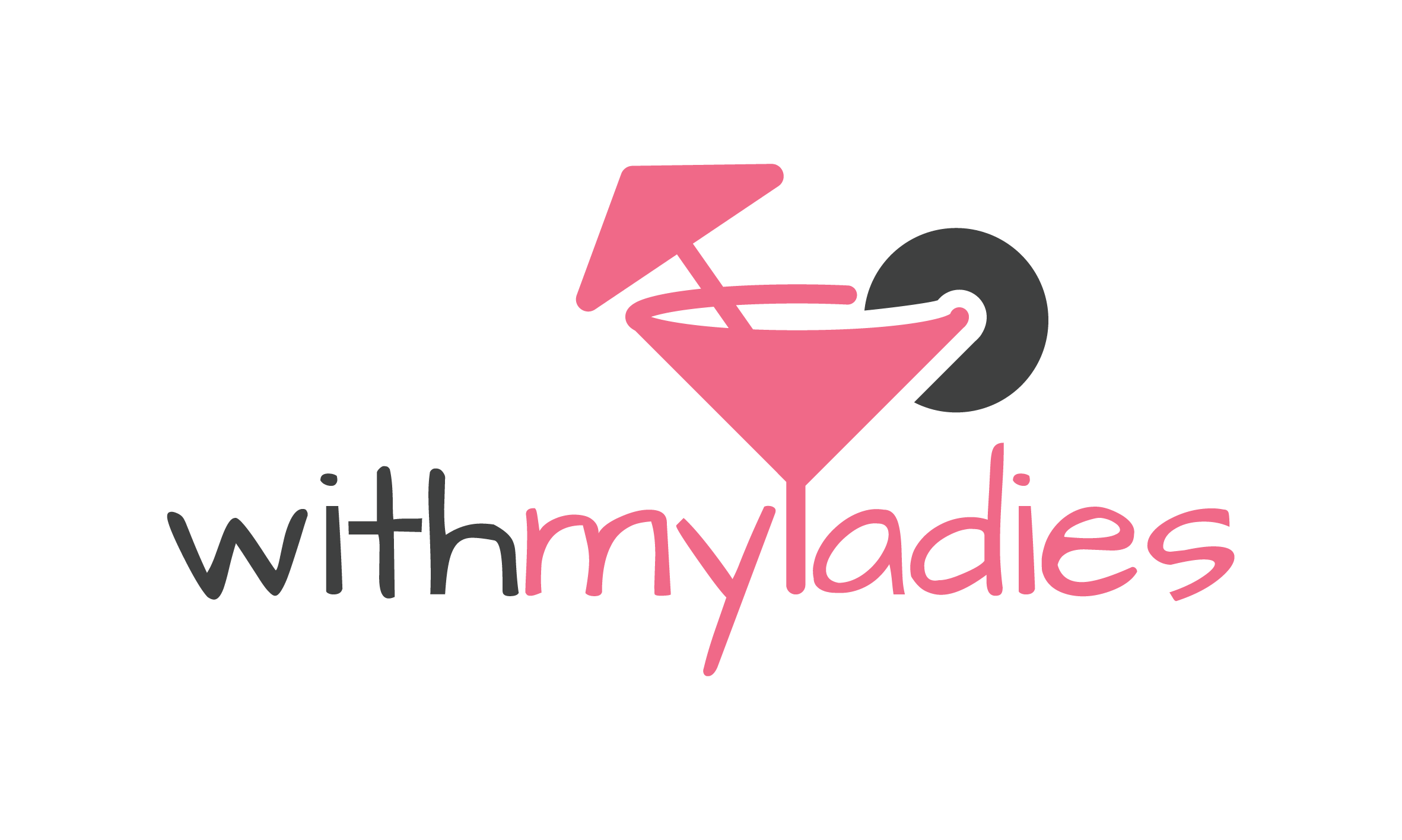The Pink Tax: A Hidden Cost Of Being A Woman
The Pink Tax is a term used to describe the extra amount women often have to pay for everyday products and services simply because they are marketed towards women. This additional cost can have a significant impact on women’s finances over time, as they are paying more for goods that are functionally identical to those marketed towards men.

One example of the Pink Tax is the difference in pricing for personal care products. Women’s razors, for instance, are often more expensive than men’s, despite having the same or lower quality. Other products such as deodorants, body wash, and shampoos marketed towards women can also cost more than the male counterparts.
The Pink Tax also extends to clothing and accessories. Clothes for the ladies is often priced higher, even though it’s the same materials. Additionally, items like handbags and jewelry marketed towards women can come with a higher price tag than those marketed towards men.
The impact of the Pink Tax on women’s finances is significant. According to studies, products sold to women cost an average of 7% more than those marketed towards men.
In addition to the financial impact, the Pink Tax also perpetuates harmful gender stereotypes. By marketing products as “for women” and charging more for them, companies reinforce the idea that women are willing to pay more for products that are often functionally identical to those marketed towards men.

While the Pink Tax is a pervasive issue, there are steps that women can take to mitigate its impact on their finances. Shopping around for products marketed towards men or unisex products can often lead to lower prices.
Additionally, advocating for gender-neutral pricing policies and supporting companies that prioritize fair pricing practices can help to bring attention to the issue and push for change.
